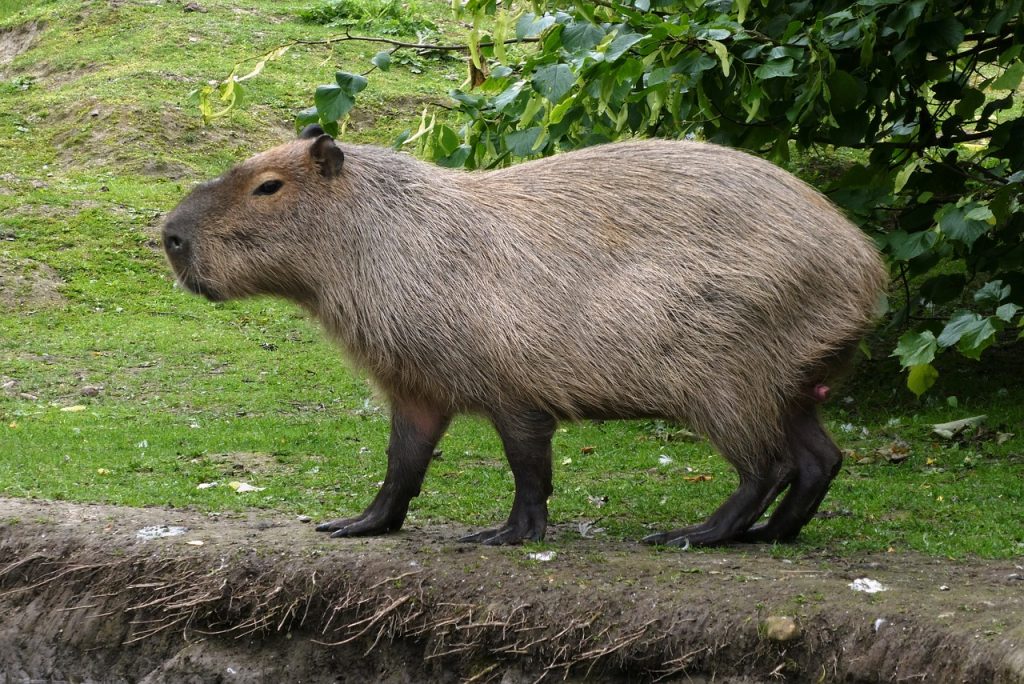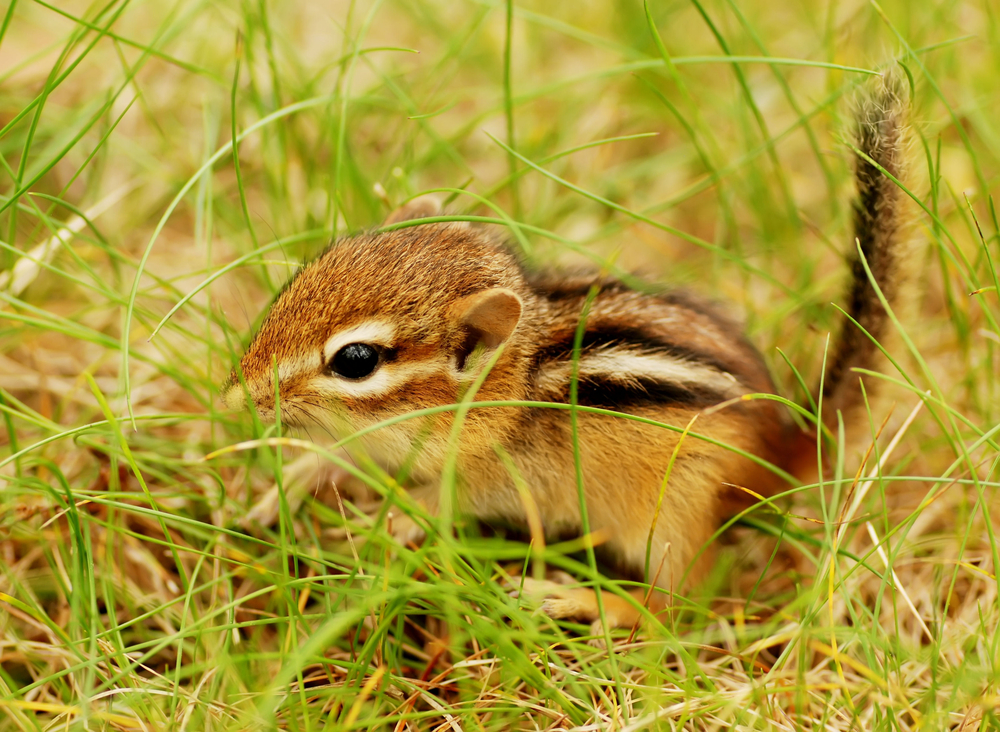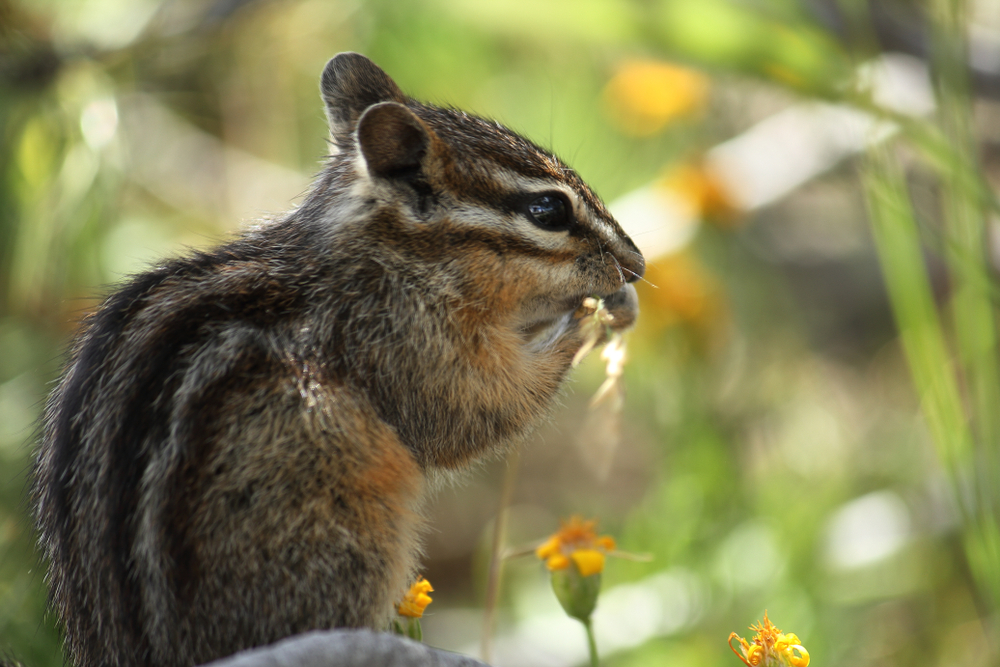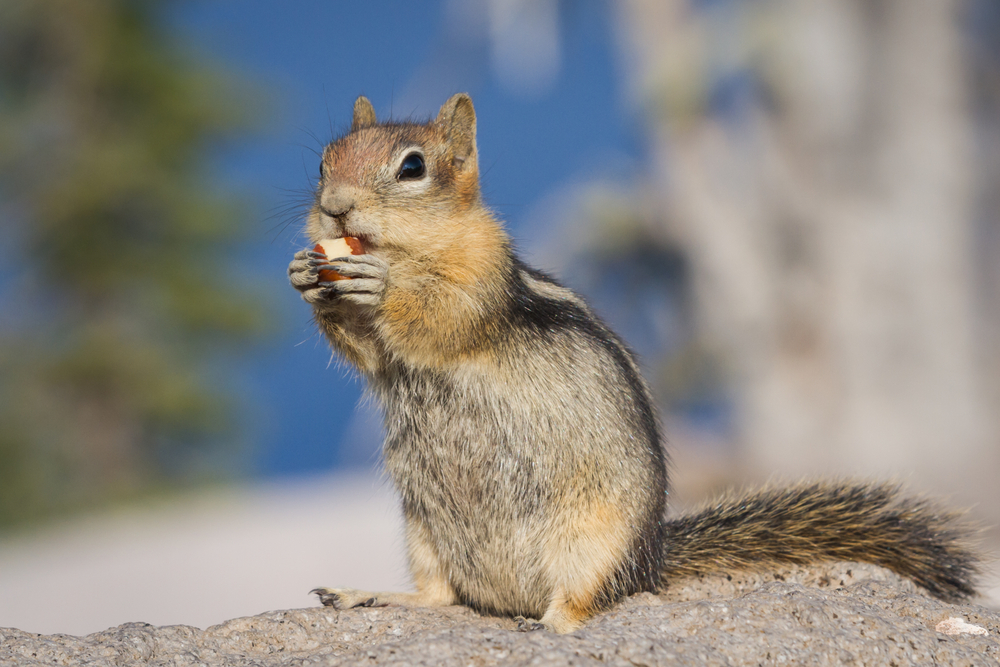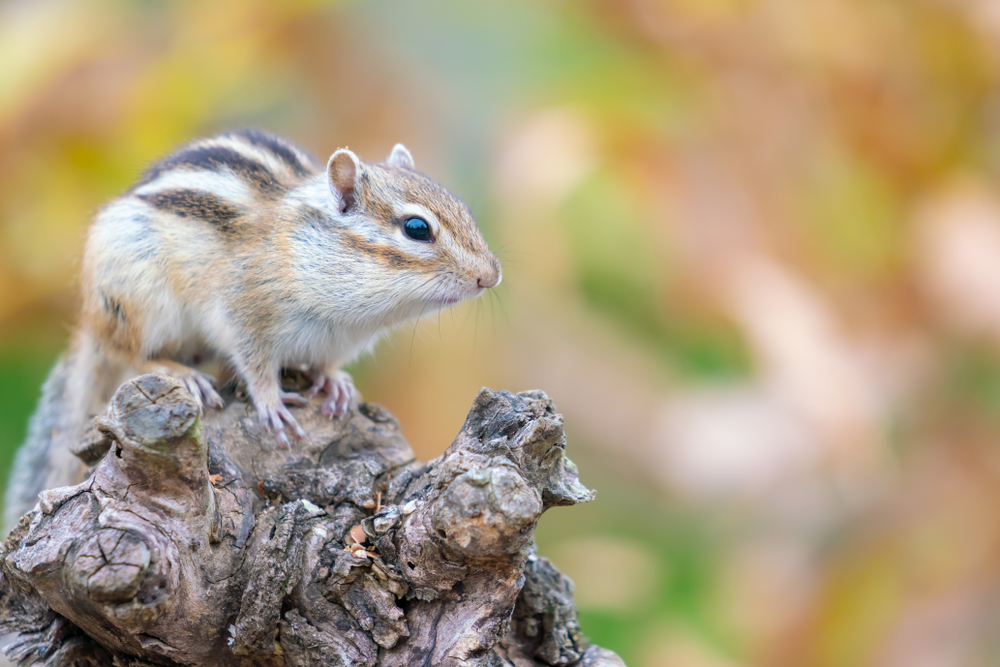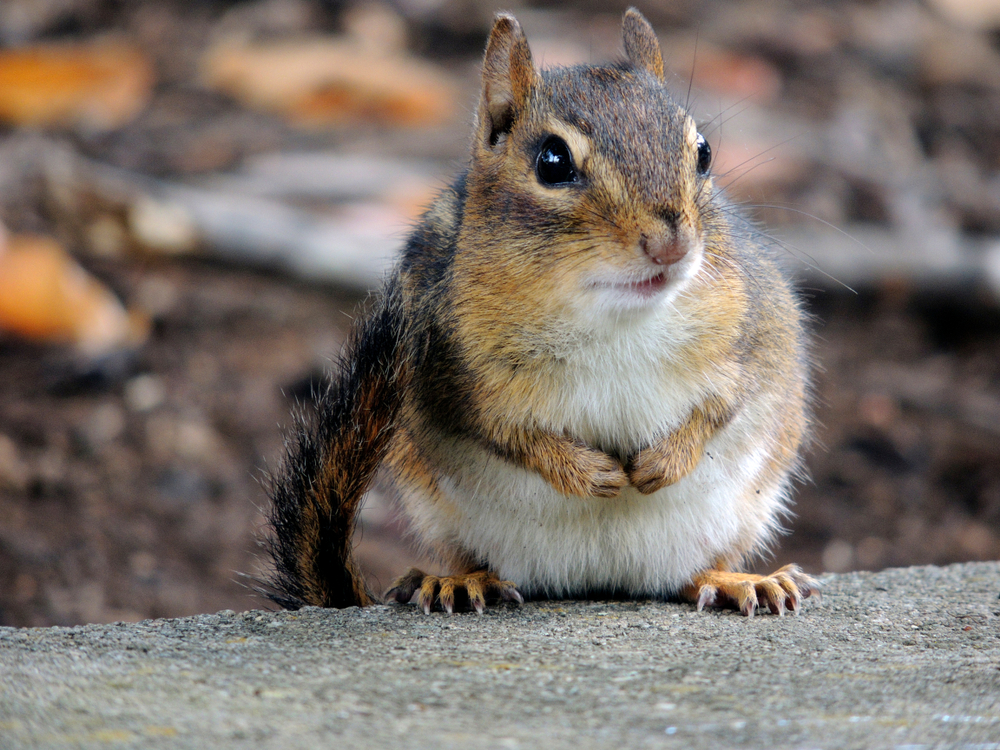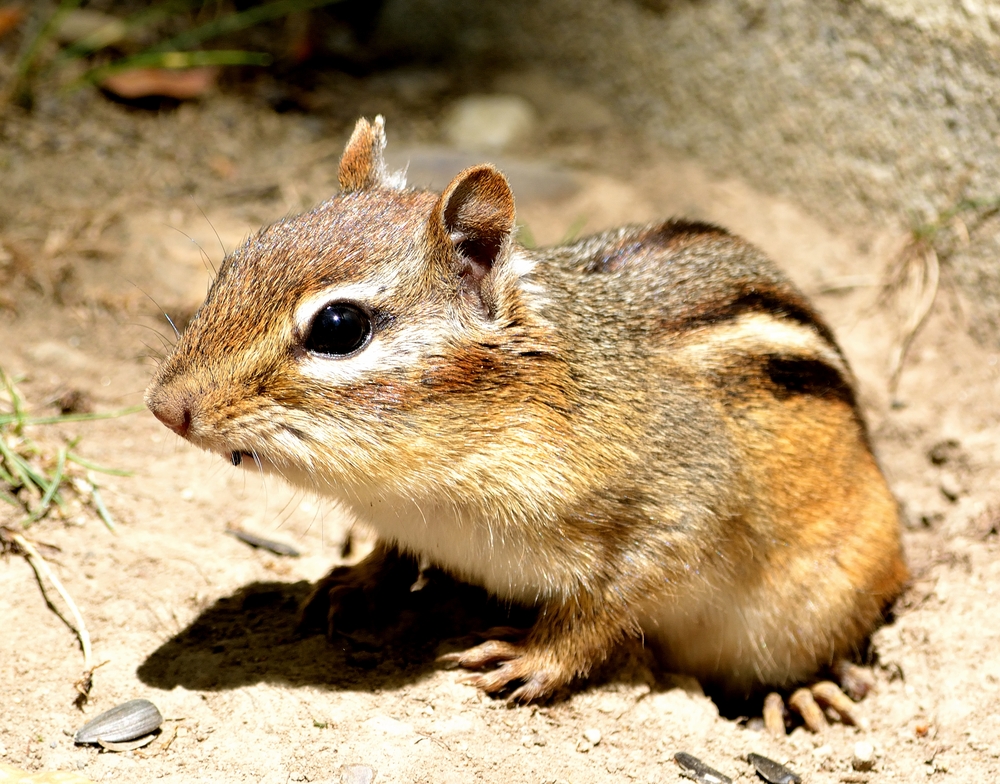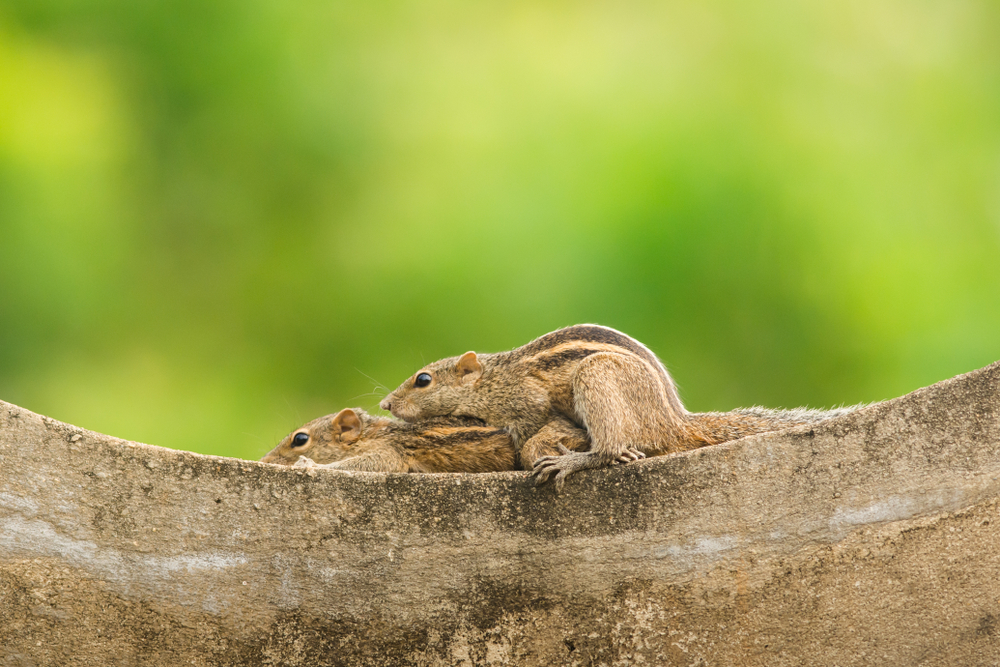Chipmunks and mice are both rodents, but they have several differences that distinguish them from each other:
- Appearance:
- Chipmunks: Chipmunks are typically smaller than mice and have a more slender and elongated body. They are easily recognizable by their distinctive striped fur, with alternating light and dark stripes running along their backs.
- Mice: Mice are generally smaller and have a more compact and rounded body shape. They lack the prominent stripes found on chipmunks.
- Tail:
- Chipmunks: Chipmunks have bushy tails with alternating light and dark rings, similar to their body stripes.
- Mice: Mice have long, thin tails covered in fine hair but lack the distinct rings seen in chipmunk tails.
- Cheek Pouches:
- Chipmunks: One of the most distinguishing features of chipmunks is their cheek pouches. Chipmunks have expandable cheek pouches on both sides of their mouths, which they use to carry and store food.
- Mice: Mice do not have cheek pouches like chipmunks. They carry food in their mouths.
- Habitat:
- Chipmunks: Chipmunks are often found in North America and are commonly associated with woodland and forested habitats. They are skilled burrowers and create intricate underground tunnel systems.
- Mice: Mice are more widespread and can be found in various habitats, including urban areas, fields, and buildings. They may also burrow but are not as specialized in burrowing as chipmunks.
- Diet:
- Chipmunks: Chipmunks have a diverse diet that includes seeds, nuts, fruits, insects, and vegetation. They are considered omnivores.
- Mice: Mice are primarily herbivores, with a diet consisting of grains, seeds, fruits, and plants. They may occasionally consume insects.
- Behavior:
- Chipmunks: Chipmunks are diurnal, meaning they are most active during the daytime. They are known for their loud vocalizations, which they use for communication and to signal danger.
- Mice: Mice are typically nocturnal and are more active during the night. They tend to be quieter and less vocal than chipmunks.
- Species Diversity:
- Chipmunks: There are several chipmunk species, each with its own range and characteristics. Some well-known chipmunk species include the Eastern chipmunk and the Siberian chipmunk.
- Mice: The term “mouse” encompasses a wide range of species, including house mice and deer mice, among others.
- Lifespan:
- Chipmunks: Chipmunks generally have a shorter lifespan, living up to about 2-3 years in the wild and slightly longer in captivity.
- Mice: Mice have a similar lifespan, with wild mice living around 1-2 years and domesticated mice potentially living longer.
In summary, while chipmunks and mice share certain similarities as rodents, their distinct physical characteristics, habitat preferences, diets, behaviors, and adaptations make them easily distinguishable from one another.

































































